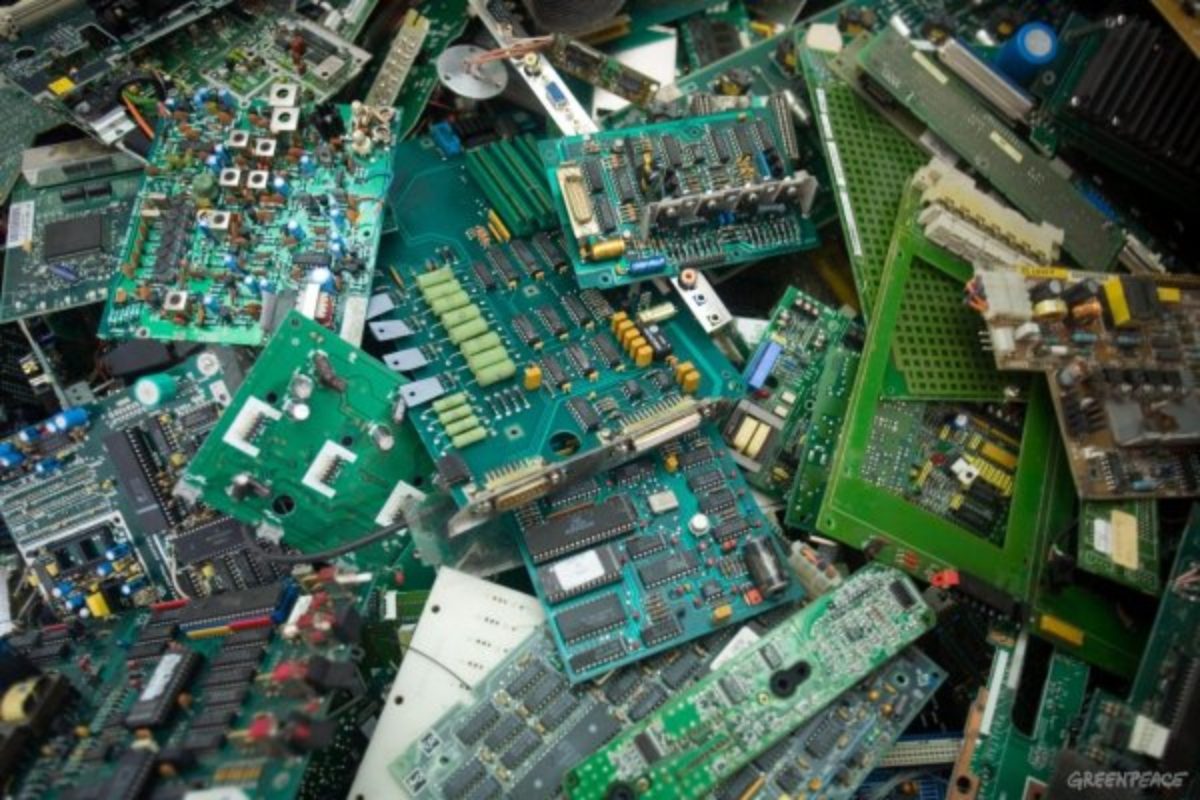System from Scotland that separates precious metals from electronic waste through a filter produced by whiskey distillation waste
An Electronic Waste Filter From Whiskey Distillation Scraps
(Rinnovabili.it) – The recovery of precious metals from electronic waste is one of the most important issues for the circular economy. Now the new system developed in scotland, opens up new possibilities. such as? Allowing separation of gold, silver, palladium and other metals from high-efficiency circuits. The action occurs through a mixture of chemical and biological techniques.
The study was carried out by a consortium consisting of environmental technology company SEM, waste service provider WEEE Scotland, the University of Edinburgh and the Industrial Biotechnology Innovation Center (IBioIC).
The partners have developed a new WEEE recycling process that uses reusable solvents to remove precious gold and copper from printed circuit boards. The remaining metals, such as aluminum, tin and zinc, are subsequently recovered from the solution using SEM’s “dram” filtration system. Produced by reusing waste from the distillation of malt whiskey, the filter captures the remaining metals, combining microbial action with a variety of organic absorption.
SEM Chief Scientific Officer Leigh Cassidy said: “There are many ways to extract precious metals from e-waste, but they are largely chemical and physical and have environmental costs. This project has demonstrated the use of an approach that is more rooted in biology and, therefore, more sustainable; Each step of the filtration process has less impact than any conventional method. We are now attempting to integrate the system into WEEE operations and then move it to other sites where the processes can be made more environmentally friendly. The next phase will be the full commercialization of the technology, and we are putting together financial proposals to make this happen.”
Dr. Jason Love highlights the environmental benefits of this type of technology. ,Many of the existing processes use fusion. It may work well, but it uses a lot of energy to do it – mostly from fossil fuels. With this project, we use hydrometallurgical methods, which greatly reduce energy costs and are easily scalable. It works if you want to do it on a large or small scale”.
Researchers from the Scottish consortium hope to be able to apply this technology to older TVs, PCs and smartphones such as WEEE.

Coffee enthusiast. Travel scholar. Infuriatingly humble zombie fanatic. Thinker. Professional twitter evangelist.







